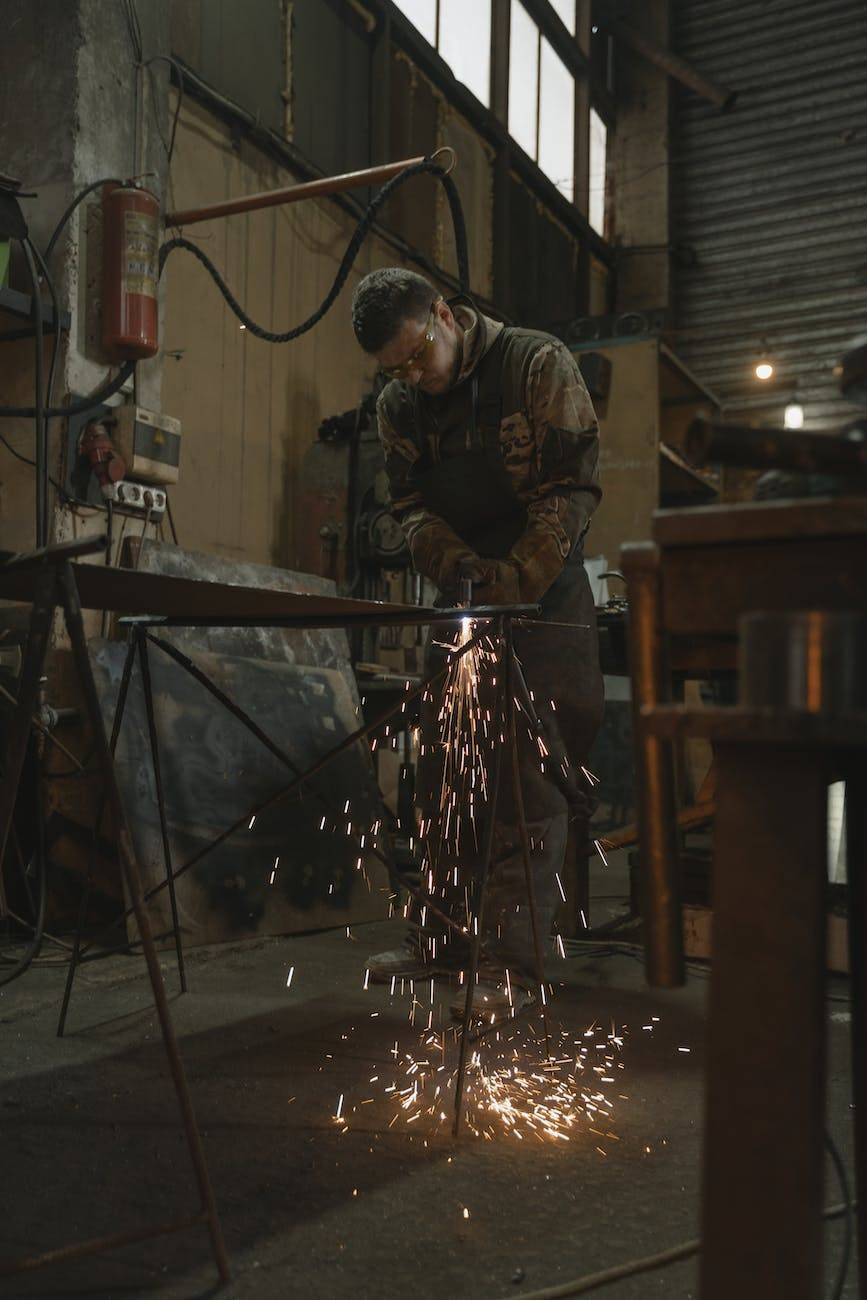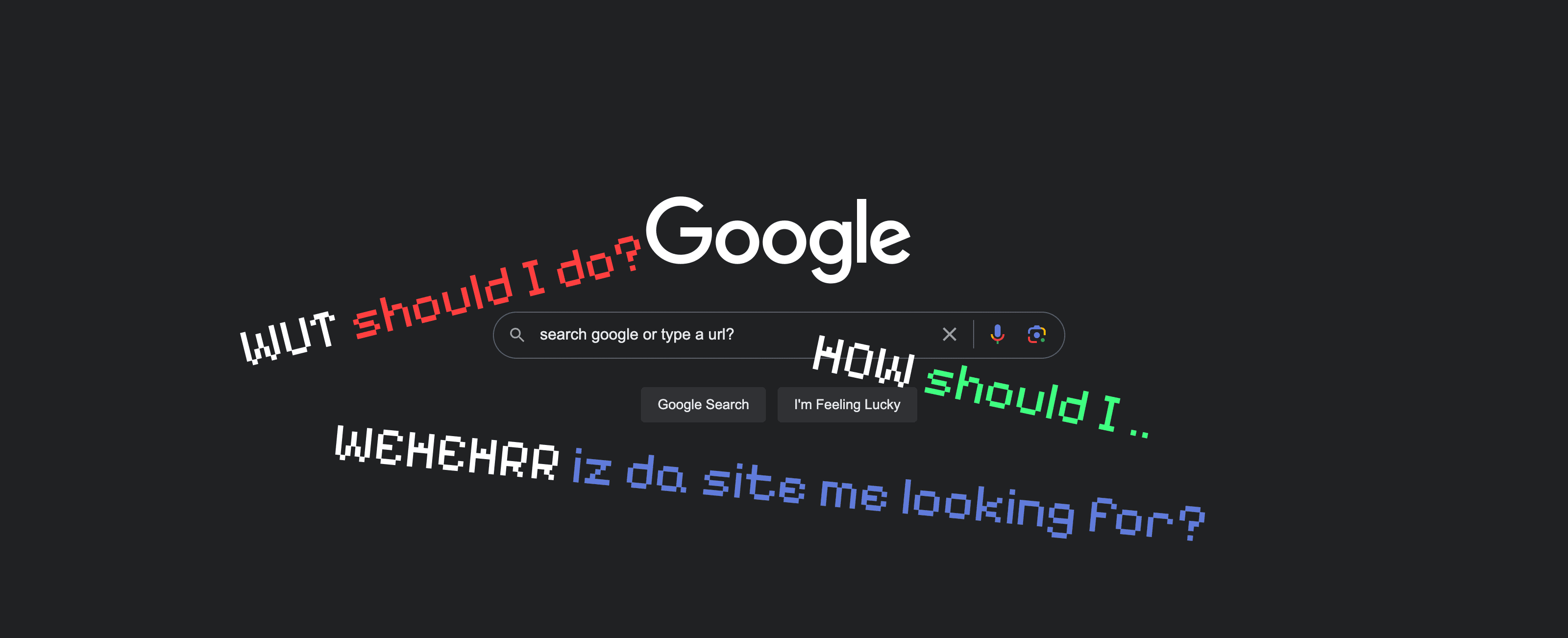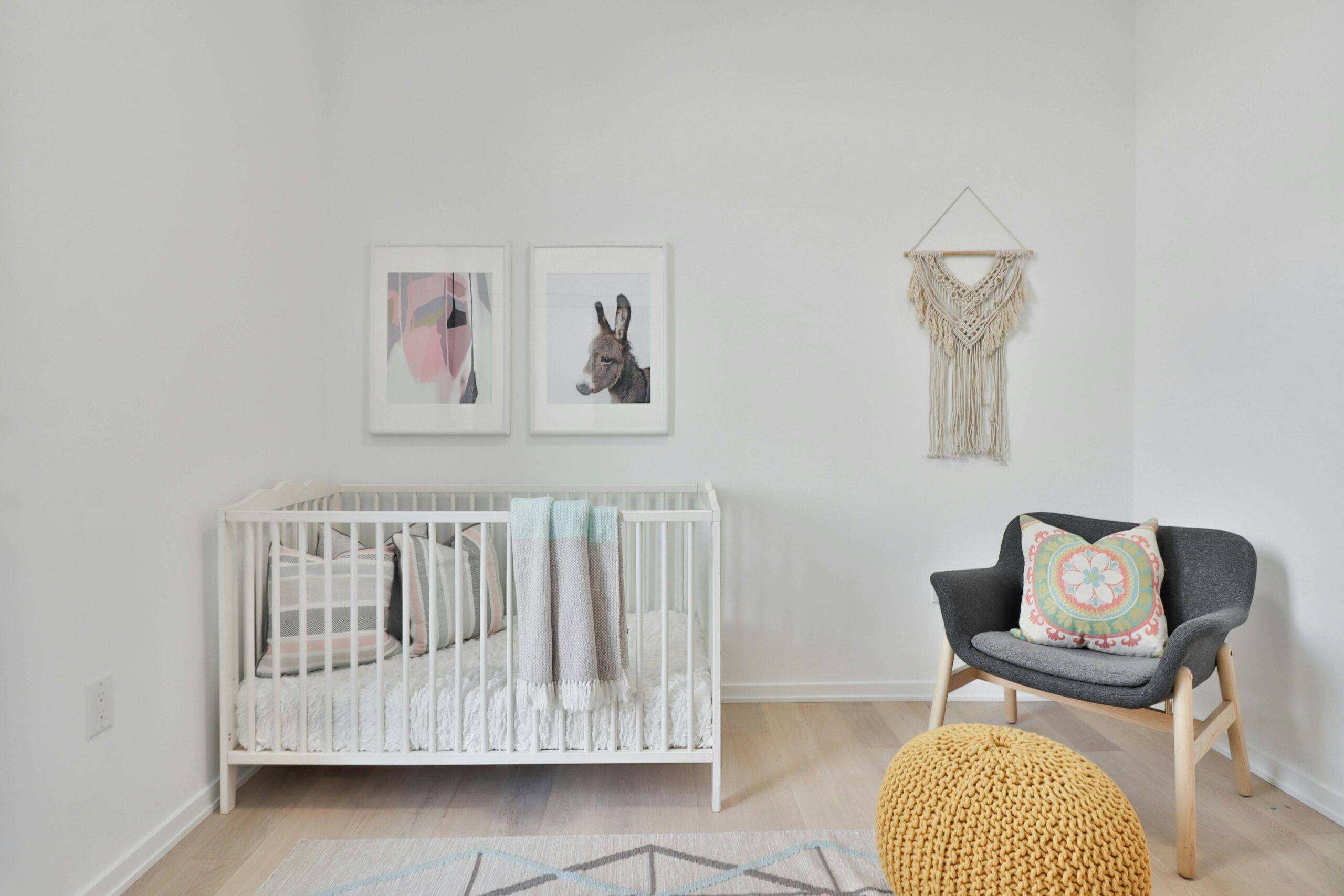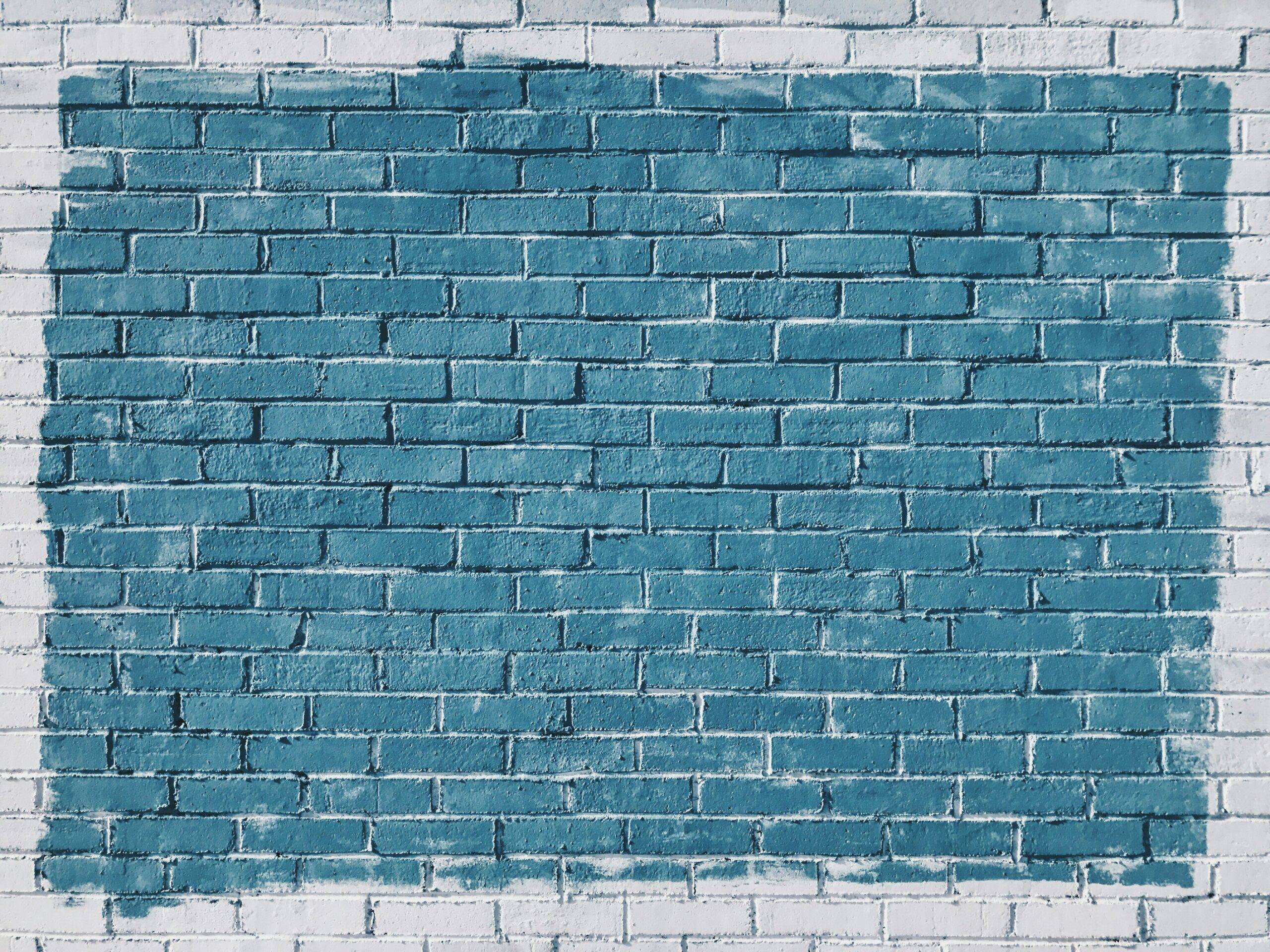Understanding Welding Glasses
Welding glasses are critical for protecting one’s eyes during welding operations due to the intense radiation produced by welding processes. These glasses come with different shade levels to accommodate various types of welding. For outdoor enthusiasts interested in observing solar phenomena such as eclipses, understanding the classifications and risks associated with solar viewing through welding glasses is essential.
Classifying the Shades
Welding glasses are classified by shade numbers, which indicate the level of darkness offered by the lenses. The higher the shade number, the darker the lens, and the more light it can filter out. When considering welding glasses for eclipse viewing, it is crucial to choose glasses with the appropriate shade number to ensure adequate eye protection.
| Welding Glass Shade | Use Case |
|---|---|
| Shade 12 or higher | Safe for direct solar viewing |
| Below Shade 12 | Not safe for solar viewing |
According to the American Astronomical Society, only welding filters with Shade 12 or higher are safe for direct viewing of the Sun, as they provide adequate protection against intense visible, infrared, and ultraviolet radiation.
Solar Viewing Risks
Viewing a solar eclipse requires the utmost caution to prevent serious eye damage. The sun emits harmful radiation, such as ultraviolet (UV) rays, which can cause irreversible damage to the eyes if proper protection is not used. Welding glasses with a shade level of less than 12 are not suitable for viewing solar eclipses as they do not provide adequate protection from these harmful rays. Phillips Safety emphasizes that welding glasses with a shade 14 rating are the recommended choice for such an activity, as they offer the necessary protection from the sun’s radiation during an eclipse.
It is important for individuals to ensure that any welding glasses they plan to use for eclipse viewing meet the necessary safety standards and are verified to be of Shade 14. For more information on the suitable shade for viewing solar eclipses, refer to our detailed guide on welding glasses for solar eclipse. If there’s uncertainty about the shade number of an old welder’s helmet, it is advised not to use it for looking at the sun (American Astronomical Society).
By understanding the shade classifications and risks associated with solar viewing, urban outdoor enthusiasts can make informed decisions to safely enjoy observing solar eclipses with the right welding glasses eclipse protection.
Safeguarding Eyes During Eclipses
Viewing a solar eclipse is a rare and exciting event, but it is critical to prioritize eye safety. Without proper protection, looking directly at the sun can cause serious and permanent damage to the eyes.
Adequate Eye Protection
The only safe way to view the uneclipsed or partially eclipsed sun is through special-purpose solar filters, such as “eclipse glasses” or hand-held solar viewers. It’s important to ensure that these devices are compliant with the ISO 12312-2 international safety standard, as ordinary sunglasses, even very dark ones, are not safe for looking at the sun; they transmit thousands of times too much sunlight (NASA).
For those considering a more readily available option, welding glasses are a viable alternative, provided they meet the necessary safety requirements. It’s essential to use welding filters with a shade number of 12 or higher, as they transmit only a small percentage of the Sun’s light across the spectrum, making them safe for solar viewing.
Shade 14: The Ideal Choice
When selecting welding glasses for solar eclipse viewing, Shade 14 is the recommended shade level. Welding glasses with a Shade 14 rating are suitable for viewing solar eclipses as they offer the necessary protection from the intense visible, infrared, and ultraviolet radiation emitted by the sun during an eclipse (Phillips Safety).
While some individuals may find the sun too bright even in a Shade 12 filter, others may find it too dim in a Shade 15 filter. Shades 13 and 14 welding glass are the most suitable options providing a balance between brightness and protection, though they can be harder to find due to their uncommonness (American Astronomical Society).
It’s important to note that welding filters typically produce a greenish image of the sun, which is less natural than the white, yellow, or orange image provided by special-purpose solar viewers (American Astronomical Society). Despite this color difference, a welding shade of 14 is still considered the ideal choice for those who wish to use welding glasses to view an eclipse safely.
For individuals looking to purchase welders glasses shade 14, it’s crucial to buy from reputable manufacturers to ensure the quality and safety of the product. Always check for ISO compliance and authenticity before use.
Assessing Solar Filter Safety Standards
ISO 12312-2 Compliance
When considering welding glasses for solar eclipse viewing, it is imperative to ensure that they meet the ISO 12312-2 international safety standard. This standard guarantees that the glasses reduce visible sunlight to safe and comfortable levels, as well as block the majority of harmful solar ultraviolet (UV) and infrared (IR) radiation.
To be certain that the welding glasses you choose are safe for eclipse viewing, look for the ISO 12312-2 compliance mark. Glasses that meet these standards not only protect your eyes from intense visible light but also from the less noticeable yet potentially more harmful UV and IR rays.
| Feature | Requirement | Compliance |
|---|---|---|
| Visible Sunlight Reduction | Safe and comfortable levels | Yes |
| UV Radiation Blocking | Majority | Yes |
| IR Radiation Blocking | Majority | Yes |
Ensuring your welders glasses meet these standards is crucial for a safe eclipse-viewing experience.
Risks of Counterfeit Products
The market for eclipse glasses can be fraught with counterfeit products, especially during the times leading up to an eclipse event. For instance, before the August 21, 2017, total solar eclipse, the market saw an influx of counterfeit eclipse glasses falsely labeled as ISO-compliant, posing significant risks to users. Using such substandard products can lead to serious eye injuries or permanent vision loss.
Dishonest vendors might fraudulently label their products as being ISO-compliant without having undergone the necessary testing. Therefore, it is vital to procure your welders glasses 14 shade from reputable manufacturers or authorized dealers. To assist consumers, NASA and the American Astronomical Society provide a list of verified manufacturers and authorized dealers of eclipse glasses and handheld solar viewers that are confirmed to be compliant with the ISO 12312-2 safety standards (NASA).
Always verify the authenticity of the product before purchase to ensure the safety of your eyes during an eclipse. Refrain from using any solar viewer if it is damaged, scratched, or older than three years. It’s better to be safe and invest in quality welding goggles shade 14 from trusted sources than to risk irreversible damage to your vision.
Proper Usage of Welding Glasses
Welding glasses are a critical safety tool for anyone involved in welding activities or looking to safely observe phenomena such as solar eclipses. To protect one’s eyes from the intense light and radiation, it is essential to use welding glasses correctly.
Shade Selection for Viewing
For observing a solar eclipse, it is imperative to select the appropriate shade of welding glasses. The American Astronomical Society advises that only welding filters with Shade 12 or higher are safe for direct viewing of the Sun. However, among these, a Shade 14 rating is specifically recommended for solar eclipses due to the level of protection it offers against the harmful radiation emitted by the sun. Below is a table summarizing the safe shades for solar viewing:
| Welding Shade Number | Safe for Solar Viewing |
|---|---|
| 10 | No |
| 11 | No |
| 12 | Yes |
| 13 | Yes |
| 14 | Highly Recommended |
For those seeking to purchase the right protective eyewear, options such as shade 14 glasses and welding glasses 14 shade are available and should be chosen over lower shade numbers.
Limitations and Alternatives
While welders glasses 14 shade provide significant protection, it’s important to be aware of their limitations. Welding glasses are designed primarily for welders to protect against the bright light and radiation from welding torches, which have different characteristics compared to the natural light emitted by the sun during an eclipse.
In addition to welding glasses, there are alternatives for safe solar viewing. For example, one popular method is the pinhole projection technique, which allows individuals to observe the eclipse indirectly by projecting the sun’s image onto a surface through a small opening. This method eliminates the risk of direct eye exposure to the sun’s rays.
Another alternative is using specialized solar viewing glasses that conform to the ISO 12312-2 safety standard. These glasses are specifically designed for viewing solar eclipses and are tested to meet international safety standards for direct sun observation (American Astronomical Society).
It’s crucial to ensure that any viewing device used, whether it is welding glass for eclipse or specialized solar viewers, is not damaged or scratched. Damaged filters can compromise the safety of your eyes and lead to permanent eye damage.
Before the next solar event, be sure to explore the range of options, from #14 welders glass to alternative viewing methods, and prepare to observe safely. Remember that when it comes to your eyesight, taking precautions is paramount.
Ensuring Authenticity and Safety
When preparing to observe a solar eclipse, it is essential to ensure that your protective eyewear meets specific safety standards. This section will guide you on how to recognize reputable manufacturers of welding glasses for solar eclipse and understand the longevity of solar viewers.
Recognizing Reputable Manufacturers
To safeguard your vision during a solar eclipse, it is crucial to use welding glasses that comply with the ISO 12312-2 international safety standard. This certification indicates that the glasses meet the necessary requirements for direct viewing of the Sun (American Astronomical Society). However, with counterfeit eclipse glasses entering the market, like those reported before the August 21, 2017, total solar eclipse, it is vital to purchase from trustworthy sources.
Here are some tips for ensuring that you are buying authentic welding glasses:
- Look for labeling that clearly states the product meets ISO 12312-2 standards.
- Purchase from recognized welding supply companies or authorized dealers rather than random online marketplaces.
- Verify the authenticity of the manufacturer through their official website or by contacting them directly.
- Check for recommendations from reputable organizations, such as the American Astronomical Society or NASA.
By following these guidelines and purchasing from established vendors, you can minimize the risk of acquiring counterfeit products that could potentially harm your eyesight.
Longevity of Solar Viewers
Concerns about the lifespan of solar viewers often arise, especially when considering the investment in a pair of welders glasses 14 shade for eclipse viewing. According to the American Astronomical Society, provided that the solar viewers or welding glasses meet the ISO 12312-2 safety standard and are in excellent condition, they can be used indefinitely. The outdated advice to not use the glasses for more than three minutes at a time and to discard them after three years no longer applies to ISO-compliant viewers.
To ensure the longevity of your solar viewers, follow these care tips:
- Inspect your glasses before each use for any scratches, punctures, or tears in the filters.
- Keep the glasses in a protective case or envelope when not in use to prevent damage.
- Avoid exposing the glasses to extreme temperatures or moisture, which could degrade the materials.
By properly maintaining your welding glasses, you can enjoy their protective benefits for many solar eclipse events to come. Always remember to use them in conjunction with safe observation practices for an enjoyable and injury-free experience. For those interested in alternative viewing methods, consider exploring the pinhole projection technique or other safe observation practices.
Alternative Viewing Methods
While welding glasses eclipse use can be a safe method for viewing solar eclipses, there are other non-traditional techniques that can also protect your eyes while allowing you to enjoy these celestial events.
Pinhole Projection Technique
One such method is the pinhole projection technique, an indirect viewing strategy that is both safe and effective. NASA describes a simple form of pinhole projection involving the crossing of the outstretched, slightly open fingers of one hand over the other to create a waffle pattern. When you stand with your back towards the Sun, the shadow cast by your hands on the ground will display crescent shapes during the partial phases of the eclipse. This is because the gaps between your fingers act as pinhole projectors.
The pinhole projection method can be expanded to involve other materials, such as a piece of card with a small hole punctured through it. By allowing sunlight to pass through the hole and project onto a flat surface, such as a piece of paper on the ground, viewers can safely observe the progress of the eclipse without risking eye damage.
Safe Observation Practices
For direct viewing, the only safe way to look at the uneclipsed or partially eclipsed sun is through special-purpose solar filters. These filters include “eclipse glasses” or hand-held solar viewers that meet the ISO 12312-2 safety standard (NASA). It’s crucial to ensure that these filters are not scratched, punctured, or torn, and if they are intact, they may be reused indefinitely.
It’s important to note that ordinary sunglasses, even if they are extremely dark, are not a safe substitute for looking at the sun during an eclipse. These sunglasses transmit thousands of times too much sunlight, which can lead to permanent eye damage (American Astronomical Society).
By employing safe observation practices and utilizing certified equipment such as #14 welders glass or shade 14 glasses, you can enjoy the wonder of solar eclipses without putting your eyesight at risk. Whether you choose to use the pinhole projection technique or special-purpose solar filters, taking the proper precautions will ensure a memorable and harm-free eclipse experience.




Leave a Reply